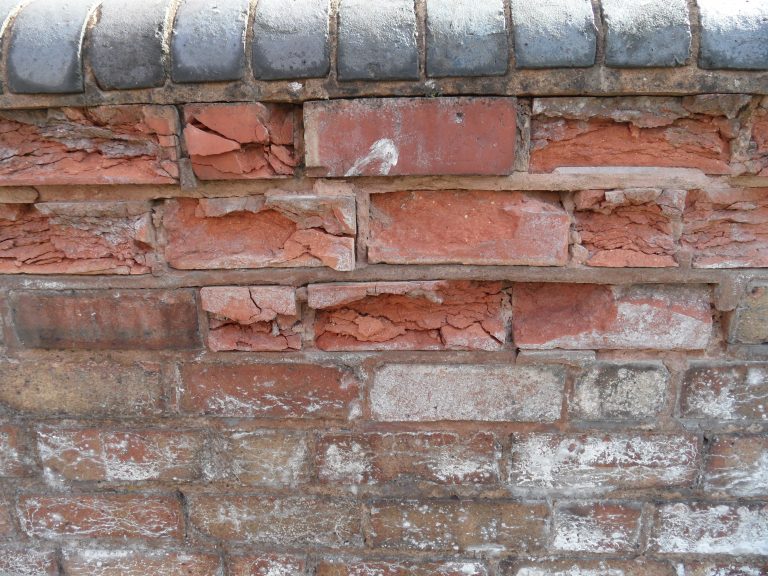Strong walls create a strong living space. Our home stands as strong as our walls. This is why they need to be held strong, forever. Any damage or wear and tear emerging on our walls is the sign that our home is getting damaged, too. Exteriors walls are more prone to external problems as compared to the inner ones. A lot of care and concern needs to be kept in order to keep these walls safe and sound from any such damage.
Do you need to know how to keep your walls safe and seal your brick wall? Well! If yes! You need to follow a few important tips and care tricks for minimized damages or distortion.
The Problem
- The biggest of all problems that comes associated with the exterior wall is that even though it might appear sturdy, exposed walls actually become quite porous with time. This is mainly due to its ability to absorb both dirt and moisture.
- Another prime issue is the deterioration created due to mould issues. Mould generally grows with moisture formation over exterior surfaces.
- Generally, brick fading, flaking, deterioration, damage or crumbling comes due to exposure due two prime issues- time and water. Even strong brick surfaces get damaged as exposed to these elements with time.
- Damp wall patches are another damage that cause a lot of damage to exterior wall surfaces. This is because the moisture inside doesn’t get to escape causing damp patches over the interior or exterior walls.
- Wall cracks get developed due to a number of reasons. Even a wrong proportionate mix of the mortar used for brick wall construction and less hydration during the process are prime factors for wall cracks. Heavy traffic movements and their related vibrations can also result in creating wall cracks.
- Cracks may even appear around your wooden frames and doors. Wooden frameworks have the tendency of shrinking during summers and swelling while it rains. This periodic contraction and expansion may also result in formation of wall cracks around wooden frames.
- Loose plaster between the bricks can also lead to exposure of underneath bricks, making it appear ugly. This can even lead to flaking off of the plasters which causes a lot of damage to the walls.
- Wall staining is a primary result of mould and mildew growth. This led to formation of greenish-grey spots over the walls. External sources like pollution might even result in staining, too.
- Wall damages are also caused due to efflorescence effects wherein white powdery deposits appear on the brick’s surface. As moisture penetrates into the brickwork, it gets dissolved with mineral salts contained in the cement mortar, later seeping out. This process of water evaporation leaves these white powdery deposits.
- Sometimes deep cracks on the walls are formed due to tree roots that create an extra pressure on the wall.
The Solution and Protection
- With several problems that could possibly damage and distort the wall surface, it is very important to take a very good care of the same. There are several ways to protect and maintain an upkeep of the same. Right from applying a sealant to using acrylic-based paint for the interior brick and rightly proportionate mortar, keeping a regular check on the cleanliness are few ways to protect your bricks and walls against moisture formation.
- In order to keep away the dust, using a microfiber cloth, vacuum cleaning, water based cleaning, etc. can be useful.
- However, applying an appropriate sealer to the exterior brick surfaces helps minimize water based damages and minimizes moss growth, too. In addition, one should also keep a regular check on cleaning the bricks and let it dry completely.
- Sealing your bricks is quite necessary. Even though the bricks are strong and durable, water particles still can easily seep through. With passage of time, this amount of water absorption leads to decaying and damaging the bricks. However, sealing the bricks helps protect them against the possible water damage along with reduced growth of moss.
- Silane Siloxane sealers have remained the best choice when it comes to sealing the bricks. It is suitable for all kinds of sealing including- masonry of stones, bricks, pavers, and even concrete. This solution easily penetrates within the surface and chemically reacts for formation of a hydrophobic barrier across the pores which helps in sustained longevity and filling of the cracks.
Keeping sustained care of the bricks of your walls will help in protecting them as well. Taking periodic measures and maintaining the cleanliness of the same also helps in minimizing the causes of moisture formation, water seepage, dirt penetration, moss and mould formation. This in turn helps in better upkeep of the brick walls. However, don’t forget to seal your brick wall with a good and reliable sealant.

